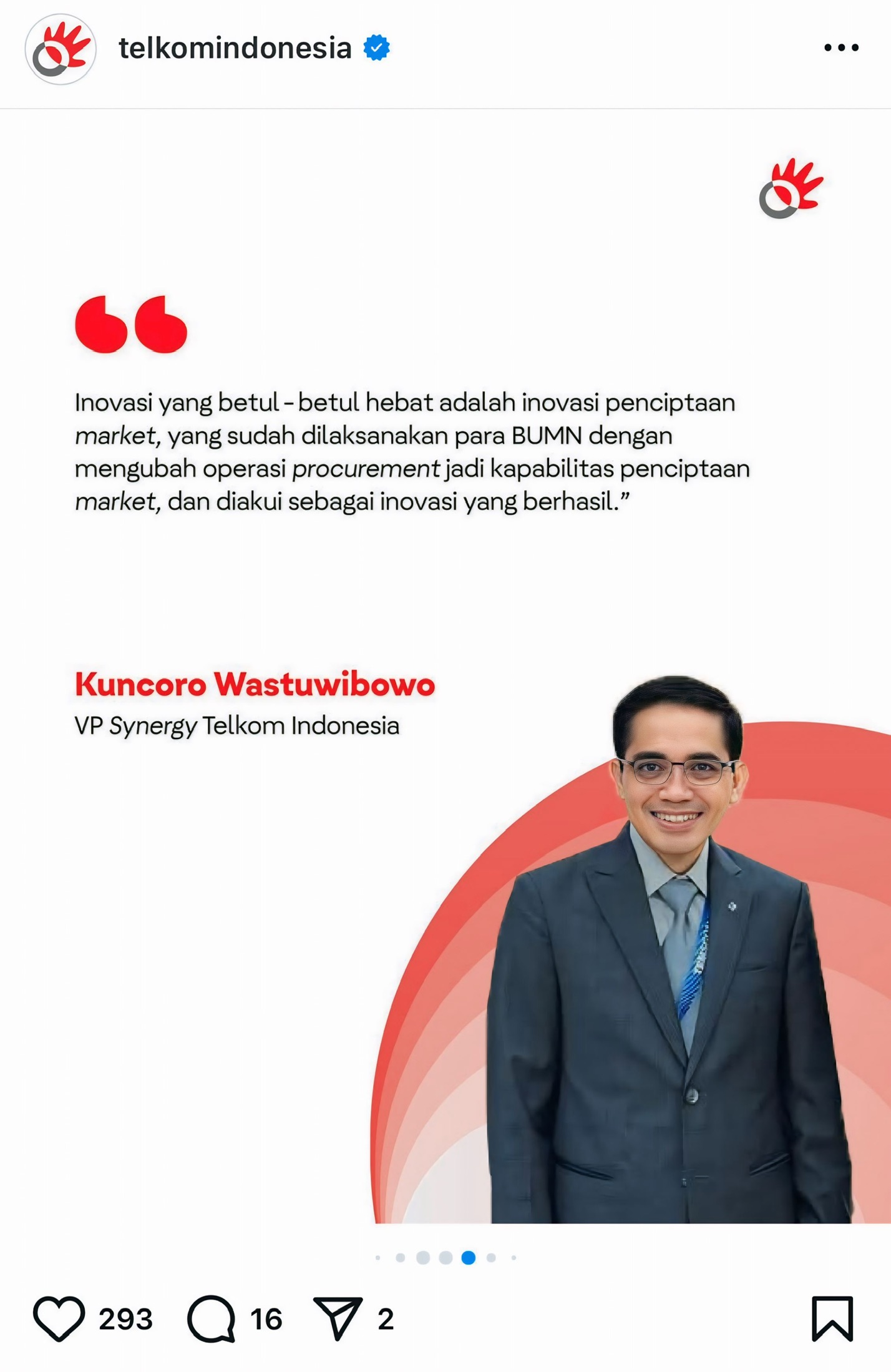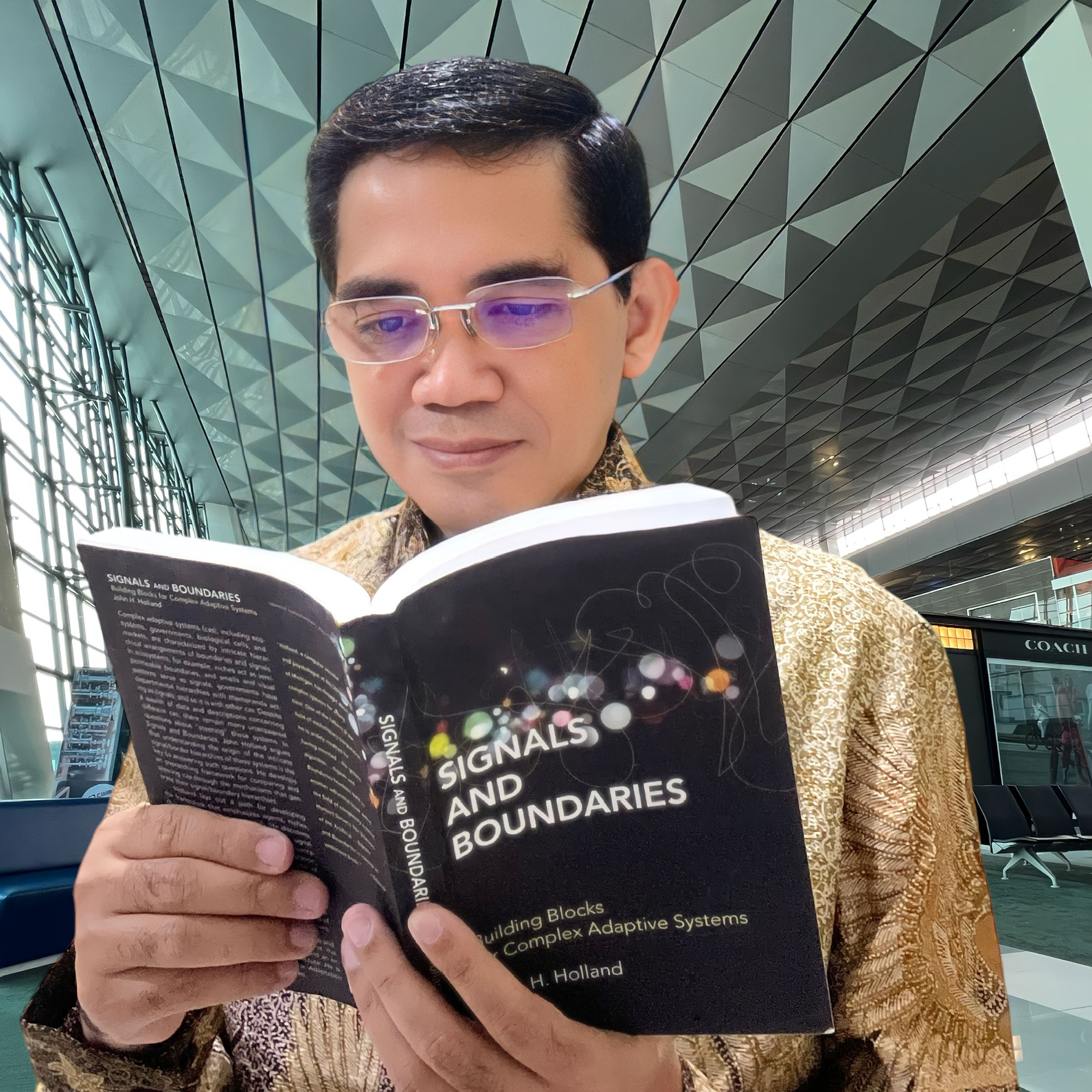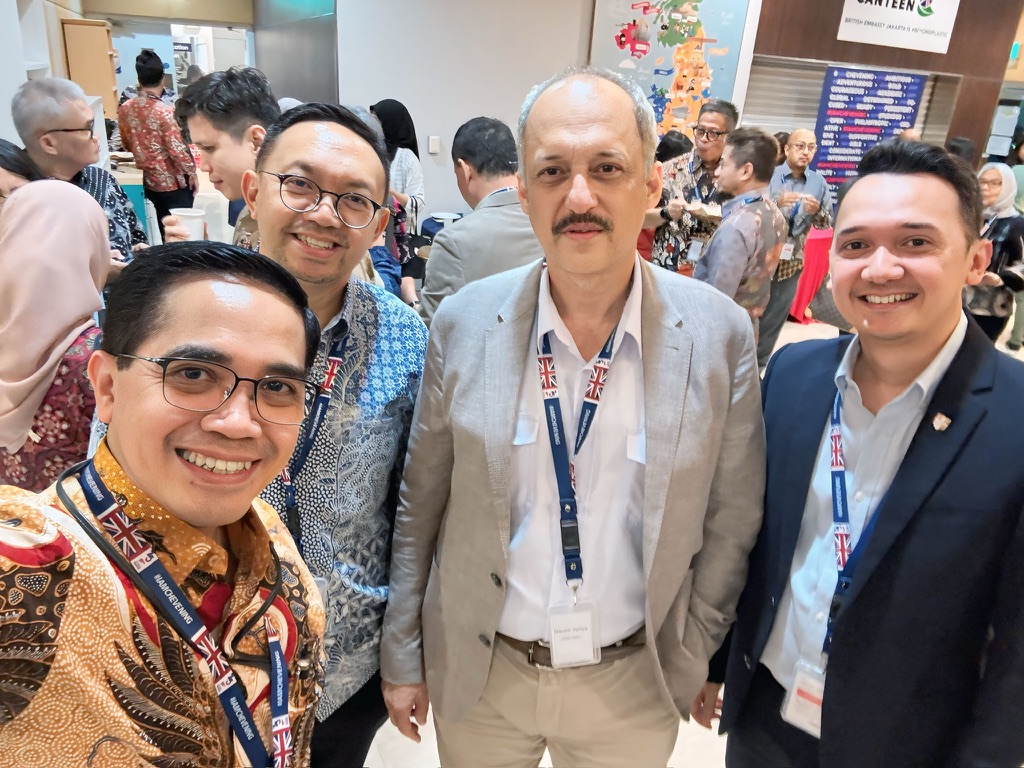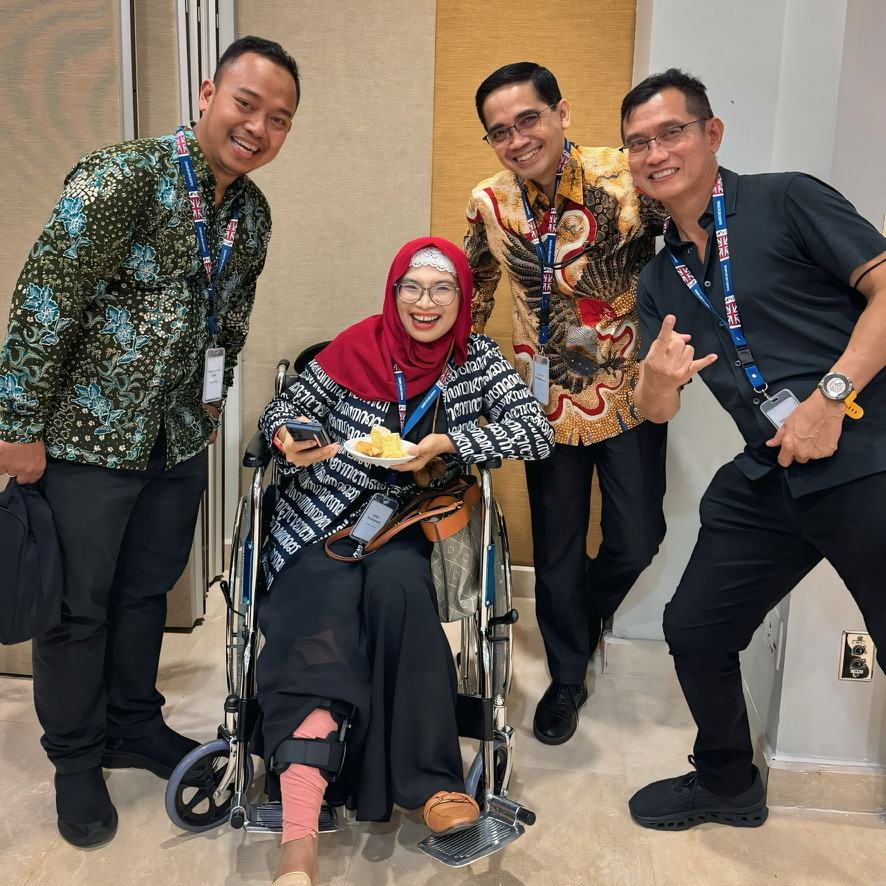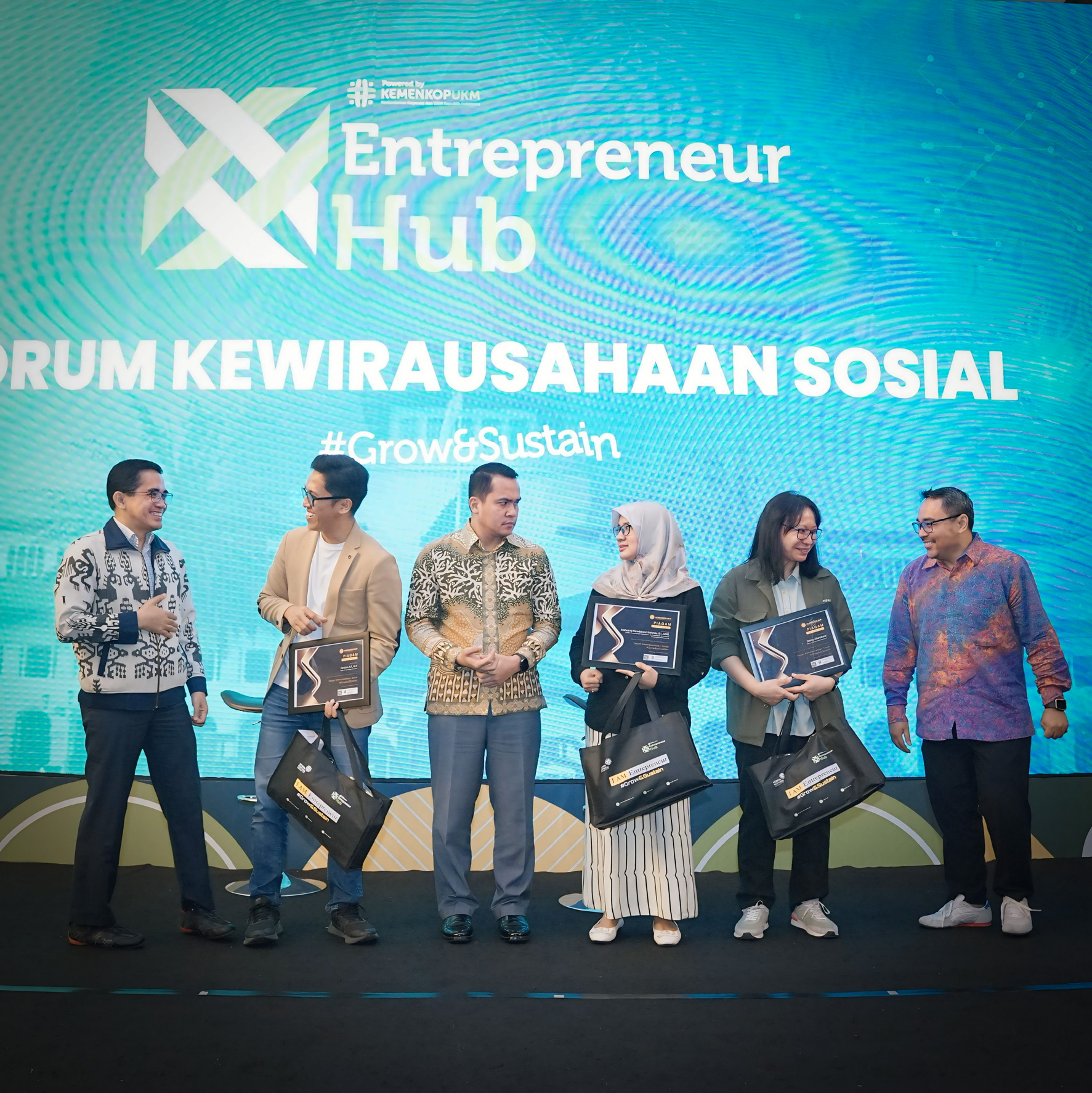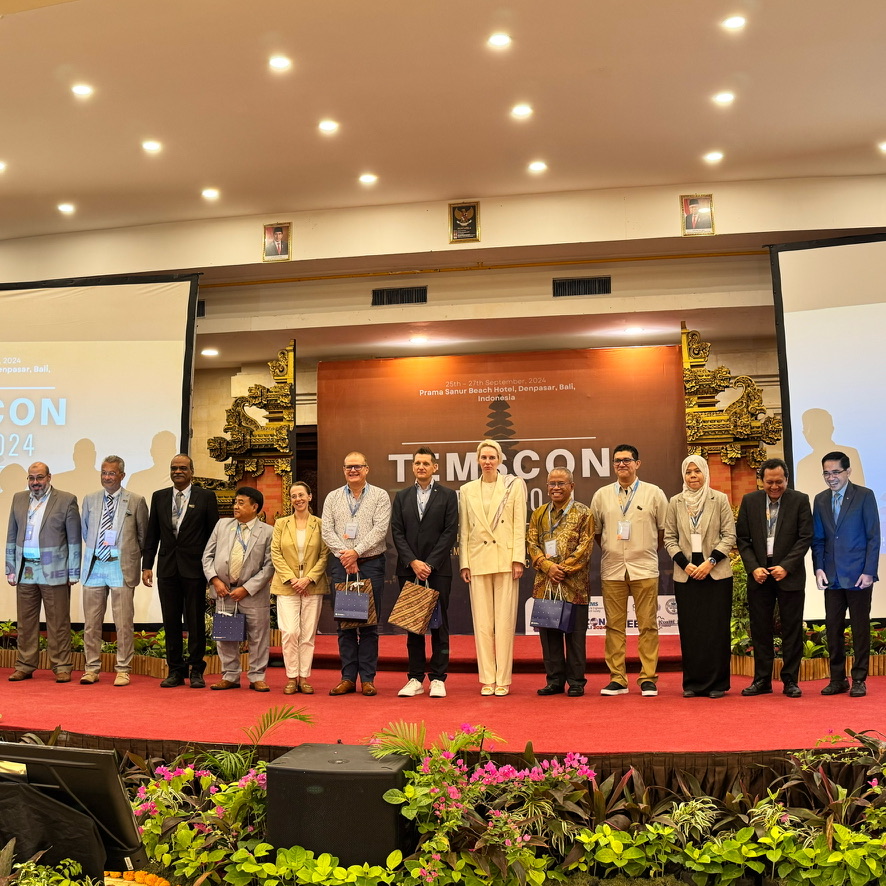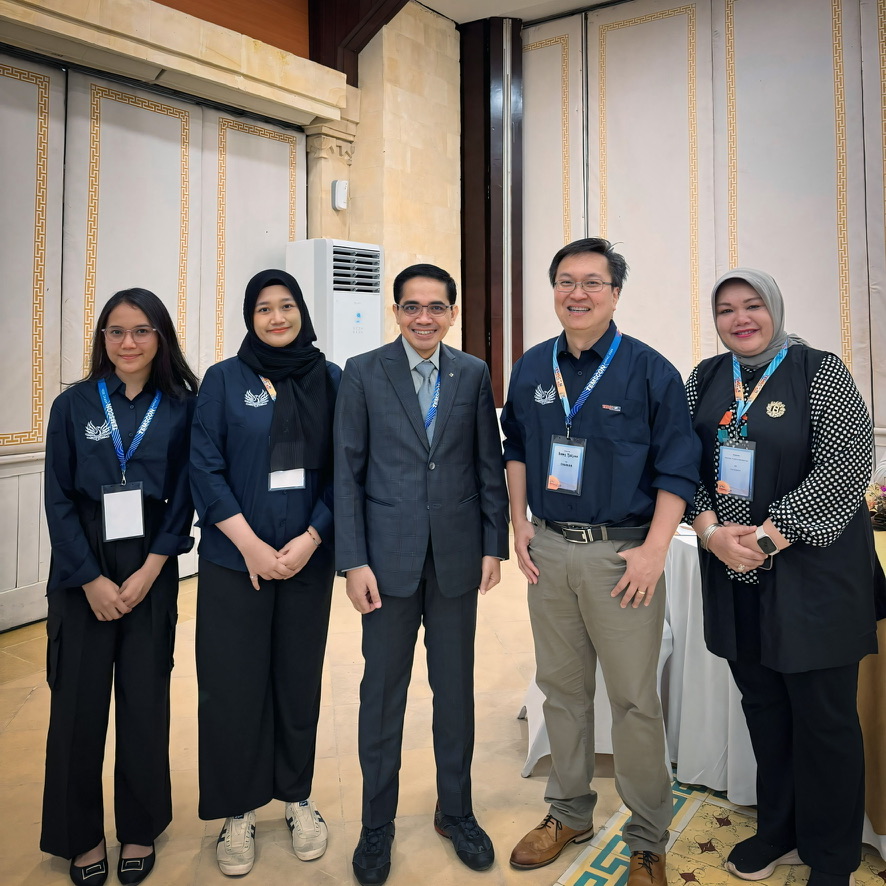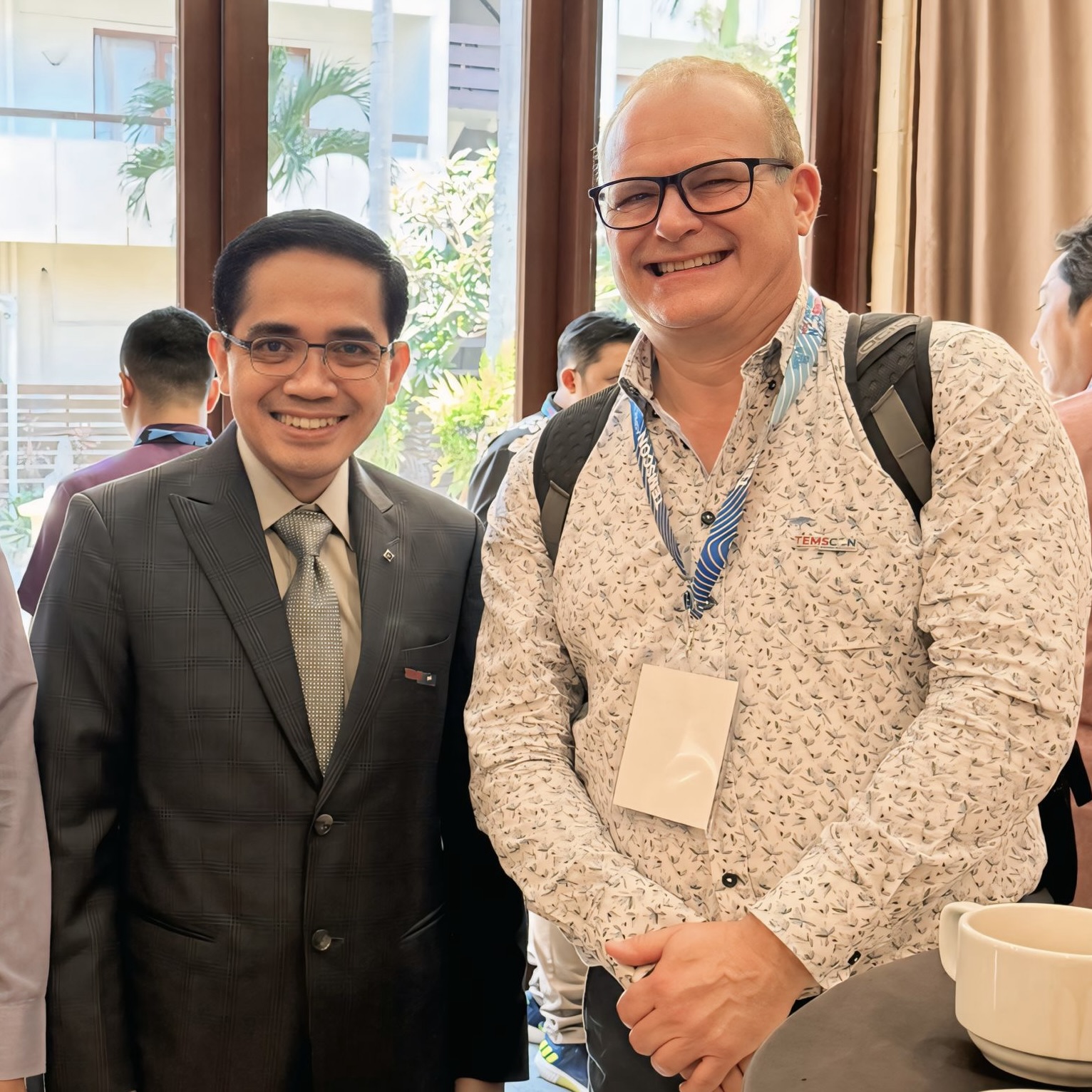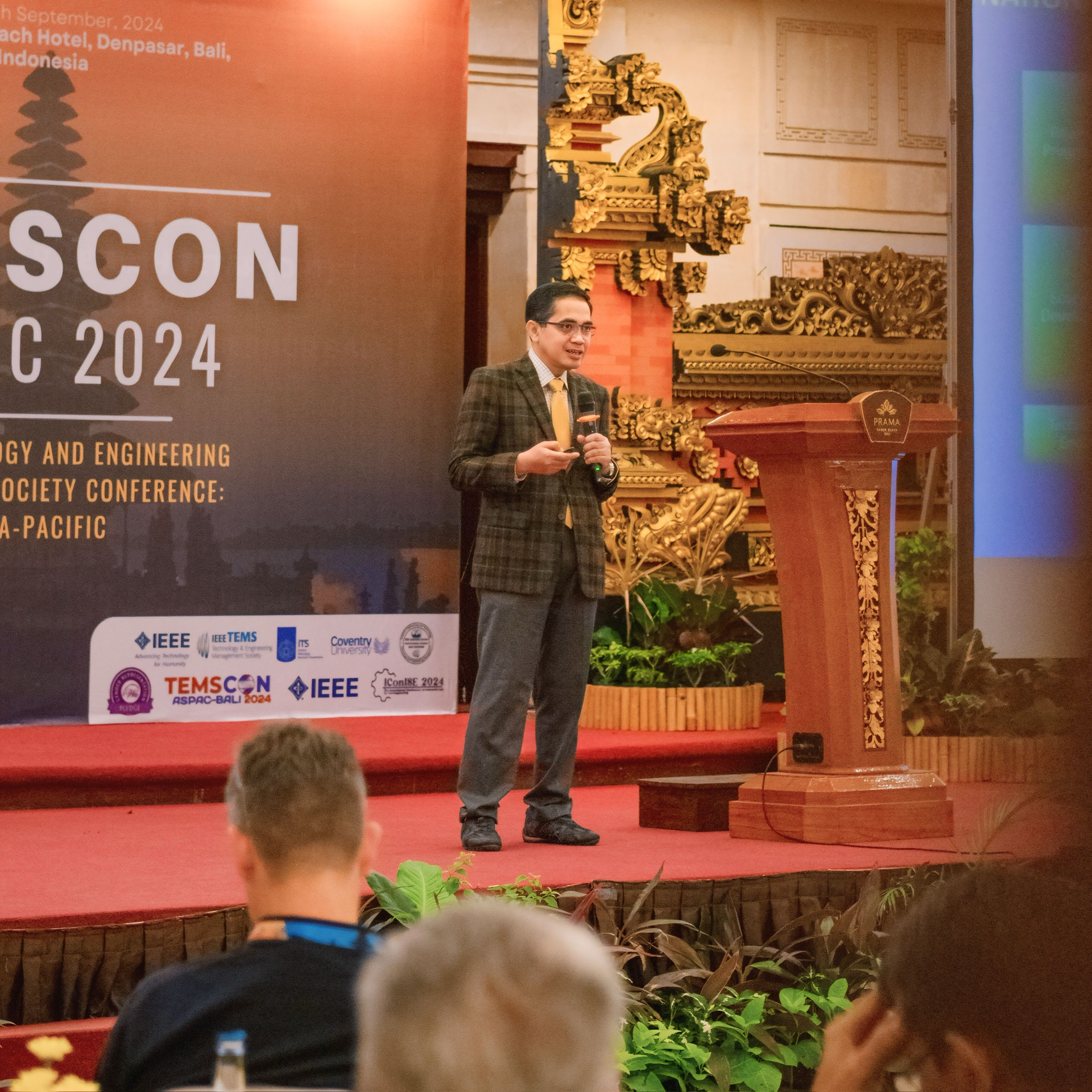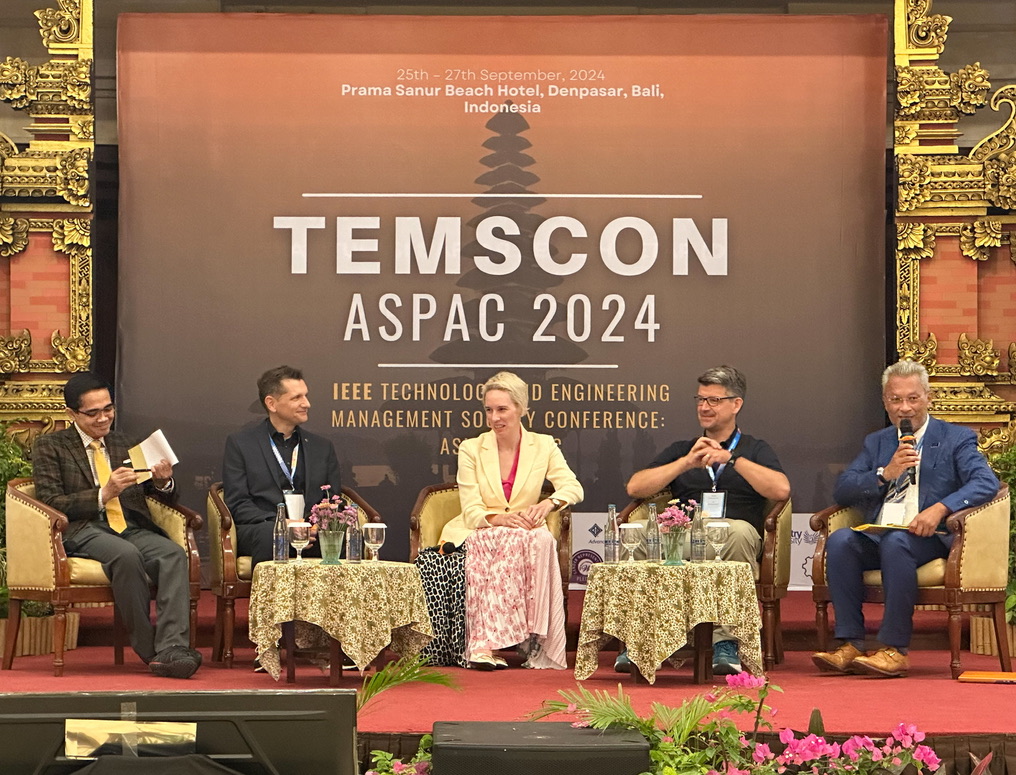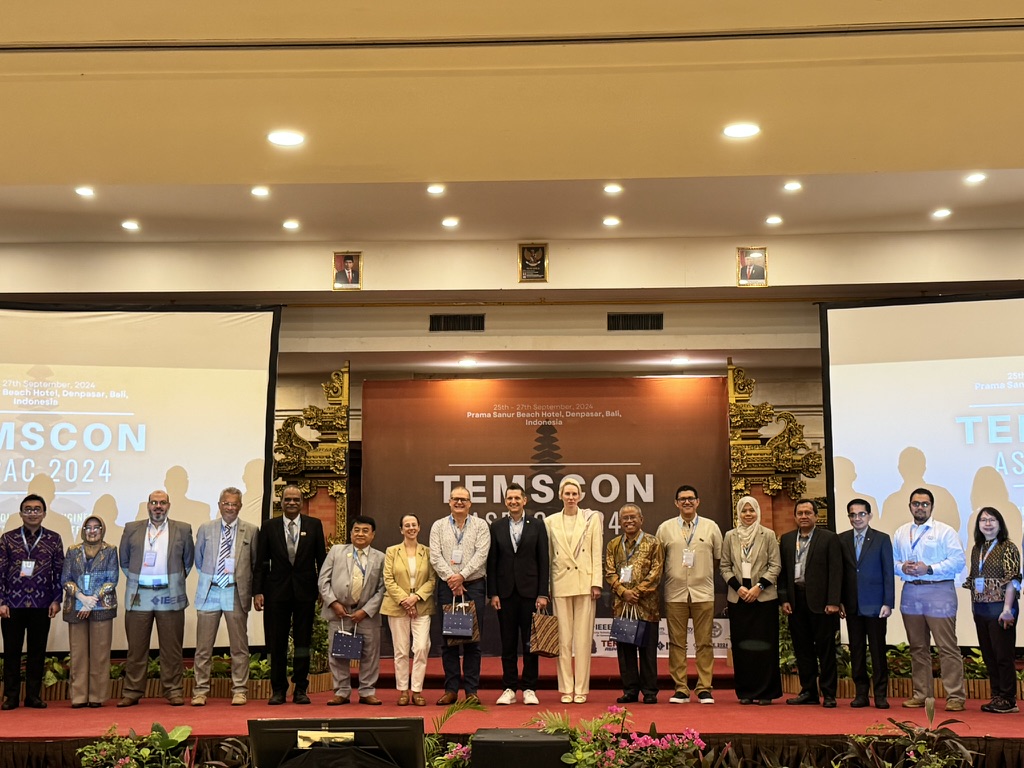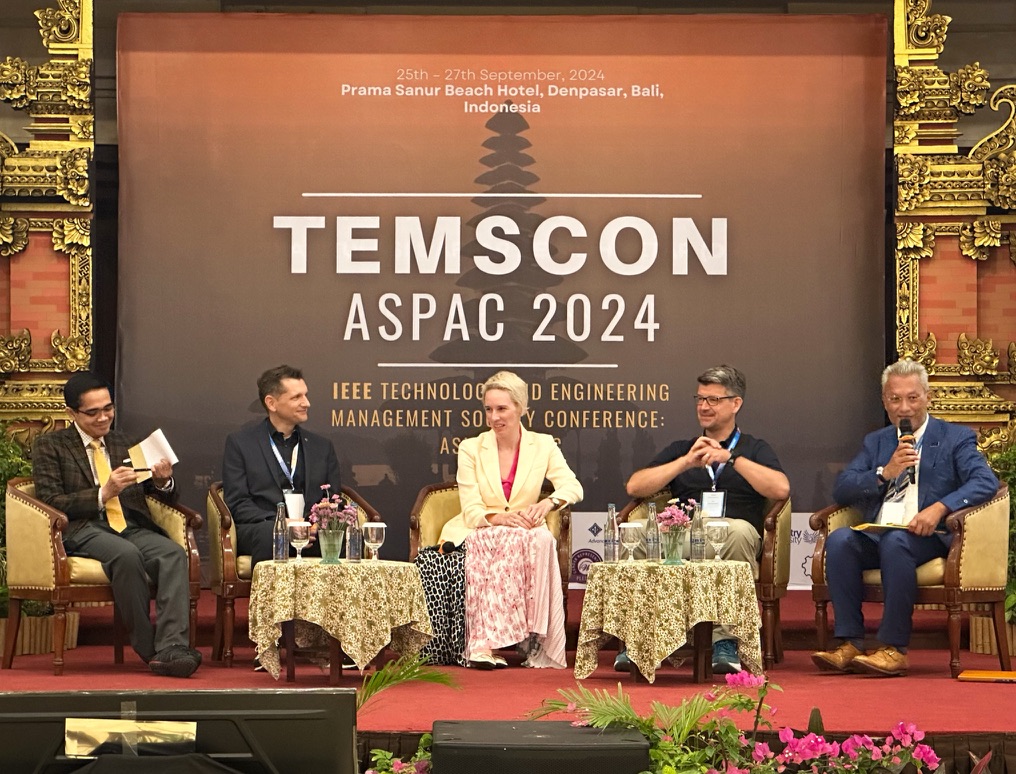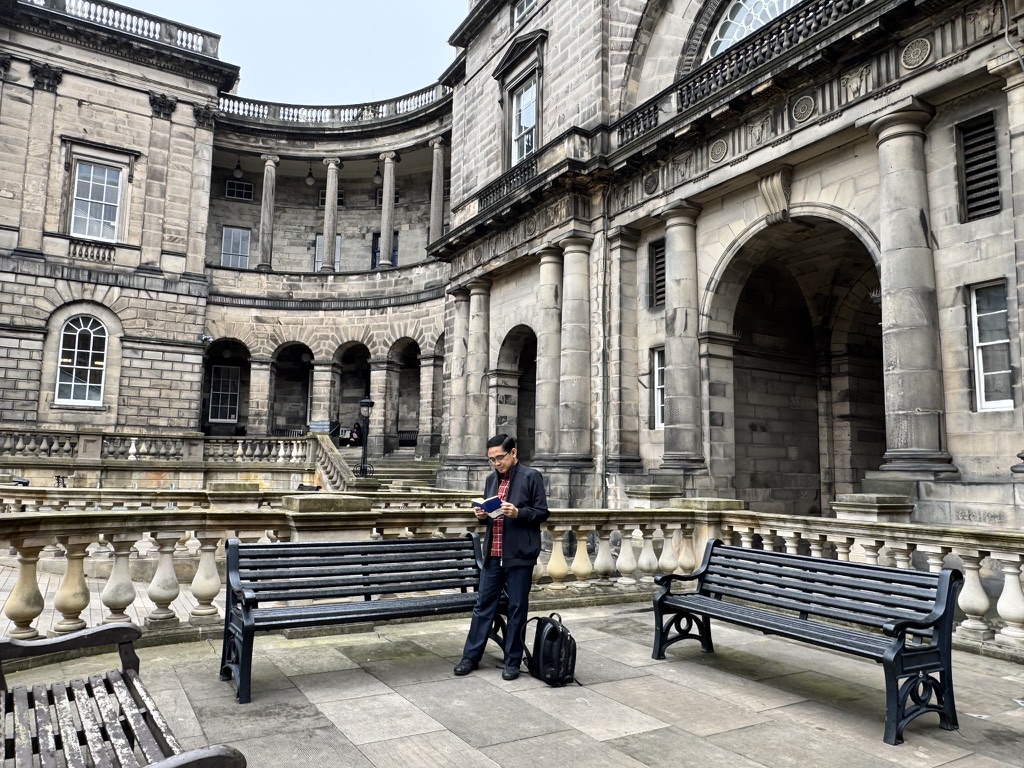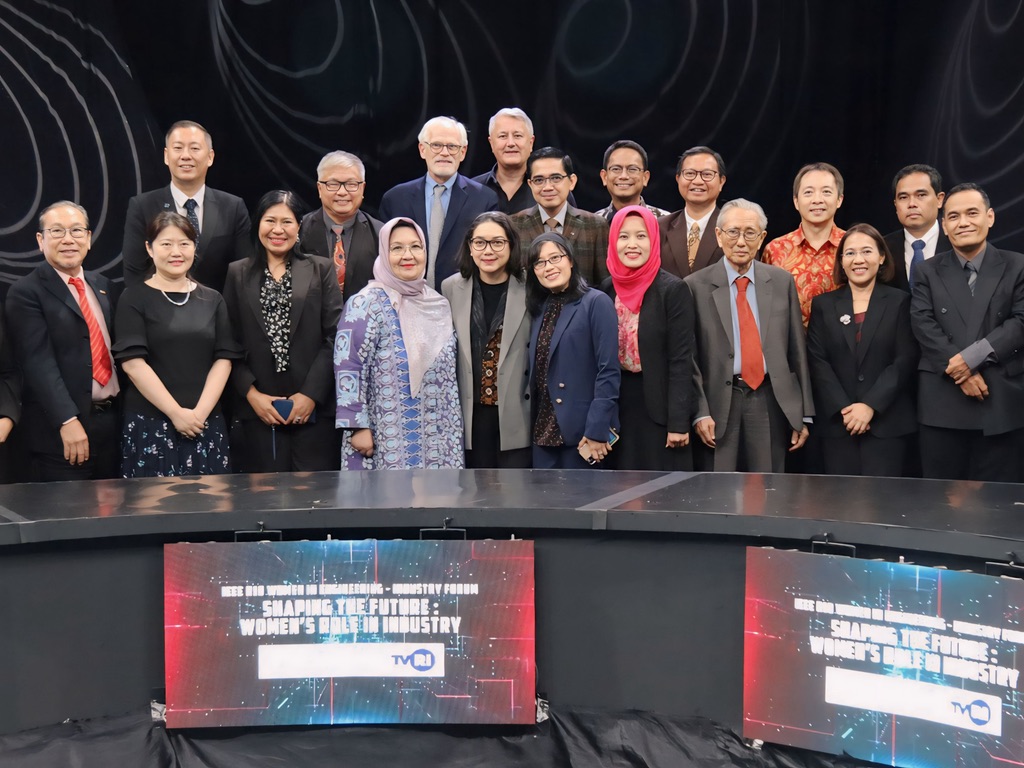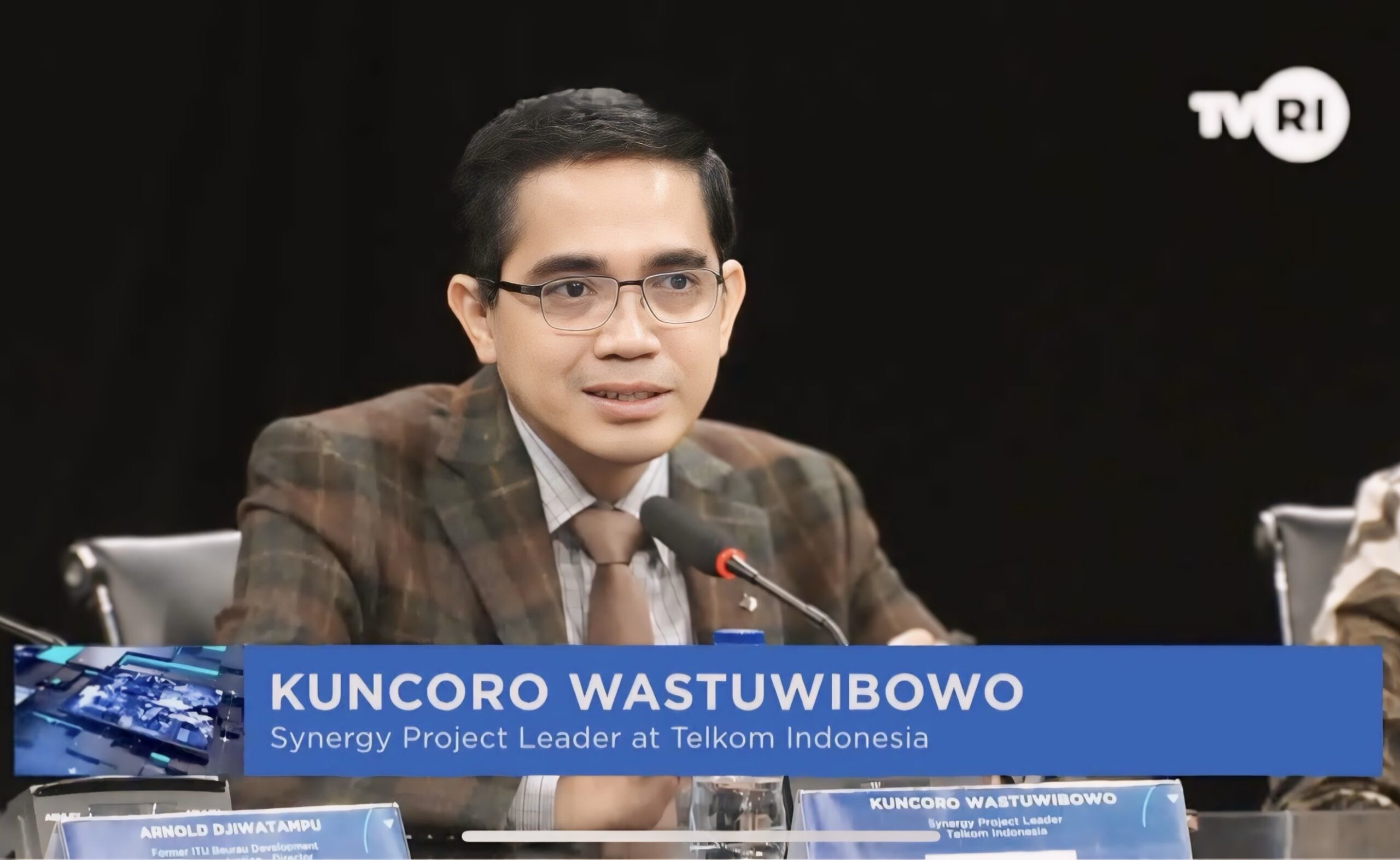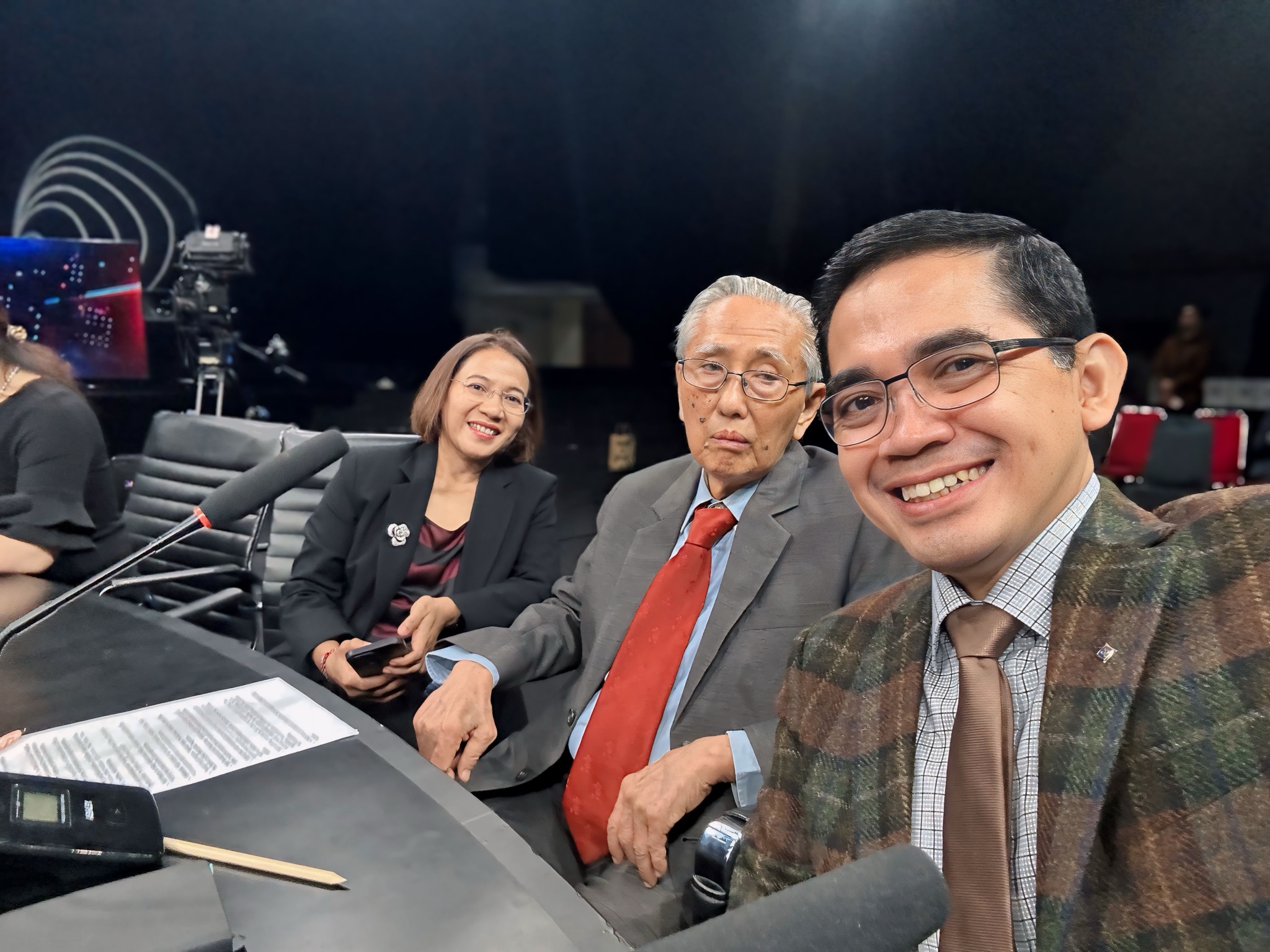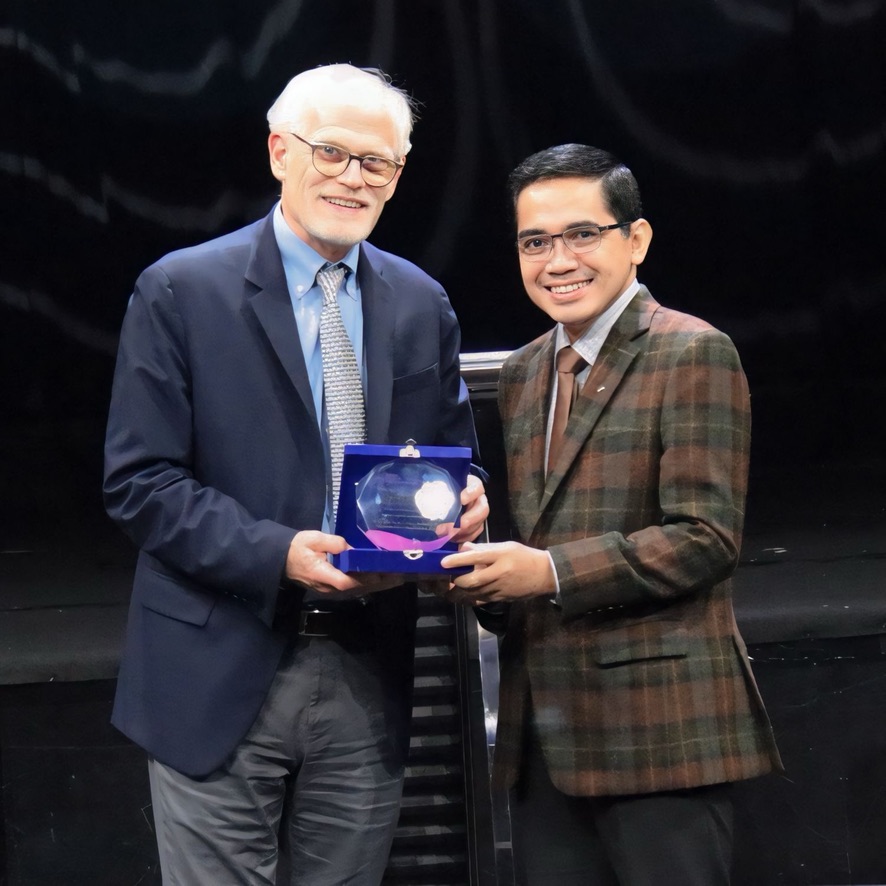Tahun 1865, ekonom Inggris William Stanley Jevons mengamati sebuah ironi dalam revolusi industri: semakin efisien mesin-mesin uap dalam menggunakan batu bara, semakin banyak batu bara yang dikonsumsi. Efisiensi, yang semula dipandang sebagai jalan menuju penghematan, justru meningkatkan peran (dan dengan demikian: volume) batu bara dalam aktivitas ekonomi. Paradoks ini kemudian dikenal sebagai Jevons’ Paradox, yaitu bahwa peningkatan efisiensi dalam penggunaan suatu sumber daya justru cenderung memicu lonjakan konsumsi terhadap sumber daya tersebut.

Hampir dua abad kemudian, kita hidup dalam lanskap teknologi yang jauh lebih kompleks, dengan kehidupan digital yang diperkuat mikroprosesor dengan kemampuan proses miliaran butir data per detik, menghasilkan informasi dan pengetahuan yang luar biasa luas dan cepat. Menarik bahwa dengan dukungan kuat pada rasionalitas semacam ini, paradoks Jevons tidak menguap bersama asap batu bara. Ia bertahan dalam bentuk yang lebih subtil dan mungkin lebih dalam. Ketika perangkat digital menjadi lebih hemat daya, aplikasi menjadi lebih ringan, dan AI menjadi lebih efisien dalam inferensi, yang terjadi bukanlah penghematan kolektif, melainkan pelebaran permukaan konsumsi: lebih banyak data, lebih banyak sensor, lebih banyak pengolahan informasi, lebih banyak aplikasi, lebih banyak layar, lebih banyak keputusan yang diserahkan ke mesin. lebih banyak algoritma yang mengatur pilihan hidup, dan lebih banyak komputasi awan yang lebih mirip mendung asap tanpa berbatas.
Mobil listrik adalah studi kasus yang sempurna. Dipuja sebagai penyelamat lingkungan, teknologi ini diusung oleh pemerintah berbagai negara dan disambut kalangan industri sebagai simbol kemajuan hijau. Namun di balik citra bersih itu, muncul pola lama: teknologi digunakan untuk mendorong pembelian, meningkatkan produksi baterai yang boros sumber daya, dan membentuk kelas baru konsumen yang merasa berhak mengonsumsi lebih karena telah berbuat baik kepada lingkungan, plus pemerintahan yang mendorong konsumsi ini agar tampak memiliki kebijakan ramah lingkungan. Contoh lain adalah cloud computing yang dirancang untuk efisiensi infrastruktur digital, namun justru mendorong arsitektur digital yang masif, haus energi, dan bergantung pada pusat data yang semakin besar dan kompleks. AI, sedang kita kembangkan bersama, dalam bentuk model-model yang akan menghemat sumberdaya manusia dan mesin komputasi, namun dengan penggunaan yang meluas menjadi kebutuhan primer, dan akan memerlukan sumberdaya yang besar di semua titik.

Paradoks Jevon berusia nyaris dua abad, dan tentunya dilakukan koreksi, baik pada paradoks ini, maupun pada fenomena yang seharusnya dapat dikendalikan dengan memahami paradoks ini. Misalnya, regulasi dan kebijakan publik dirumuskan untuk menyeimbangkan pola konsumsi, dan membuat masyarakat dan teknologi lebih memihak lingkungan. Namun iklim politik ekonomi kontemporer yang ekstra-kapitalistik justru menjadikan kebijakan politik sebagai instrumen peningkatan konsumsi, bukan pembatasnya. Dorongan etis seperti budaya hidup secukupnya, kesadaran digital, keseimbangan hidup, dll juga tidak lebih baik. Politik dilemahkan para pebisnis; namun etika dilemahkan seluruh masyarakat yang memiliki kecenderungan untuk mencari value yang absurd dengan konsumerisme yang makin berlebihan — plus diperkuat dengan algoritma yang lebih memudahkan konsumsi daripada mengangkat kemandirian rasionalitas pikiran manusia, wkwk.
Jika rasionalitas tidak mungkin dibangkitkan melalui kebijakan dan etika, mungkinkan dibangkitkan oleh rasionalitas lain? Misalnya melalui daya inovasi yang memberi nilai pada efisiensi dan sustainabilitas? Seharusnya, tapi saat ini belum cukup kuat. Kebutuhan yang dapat dibatasi saja, akan menemukan peluang kebutuhan baru. LED lebih hemat dari lampu, dan kebutuhan manusia akan lampu tentunya terbatas. Tapi LED kemudian dimanfaatkan untuk menyulap kota menjadi panggung iklan raksasa di semua titiknya. Efisiensi bekerja dalam sistem yang tidak bertanya “untuk apa?” tetapi “seberapa banyak lagi yang bisa dijual?”
Paradoks Jevons bukan sebuah hukum seperti hukum fisika yang tak bisa dilawan (**syarat dan ketentuan berlaku). Namun paradoks ini adalah cermin ideologis dari sistem ekonomi yang menjadikan efisiensi sebagai efisiensi peningkatan konsumsi. Kita tidak sedang melawan paradoks itu dengan inovasi, kebijakan, atau etika, melainkan memastikannya terus terjadi. Paradoks ini tetap hidup bukan karena ia benar secara mutlak, tetapi karena secara rasional, ia menjadi selalu teramati pada masyarakat yang serakah dan tidak mengenal kata cukup.

